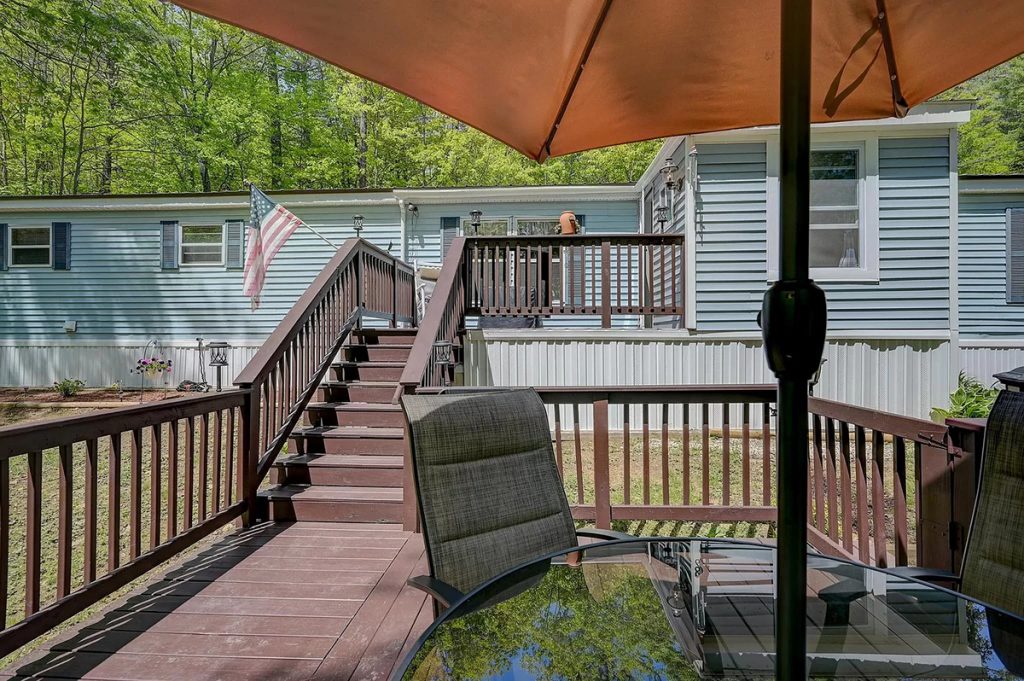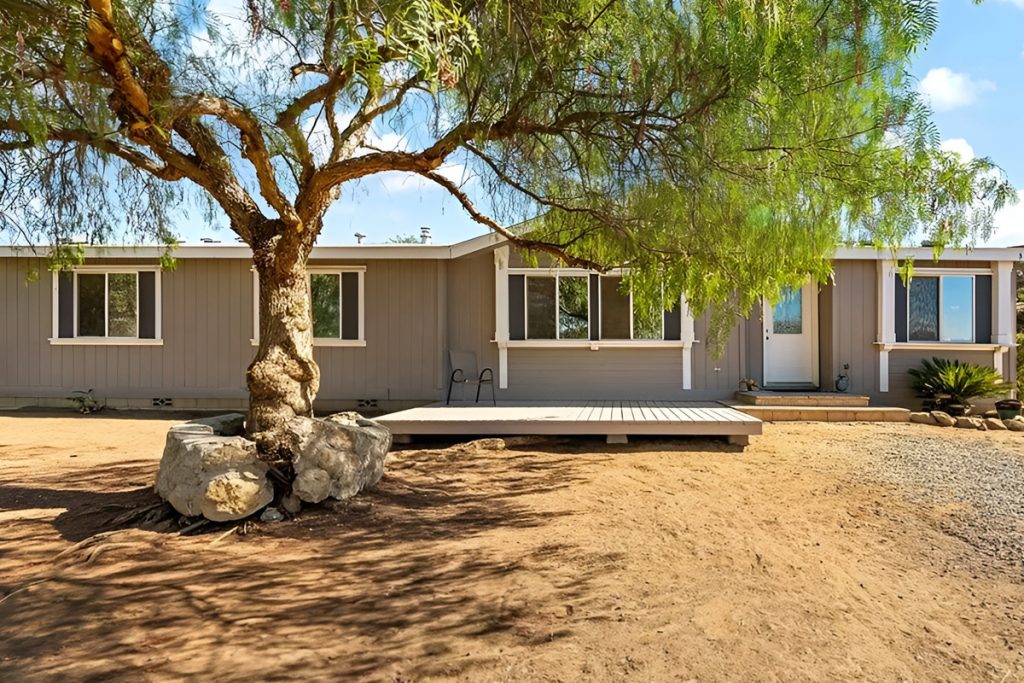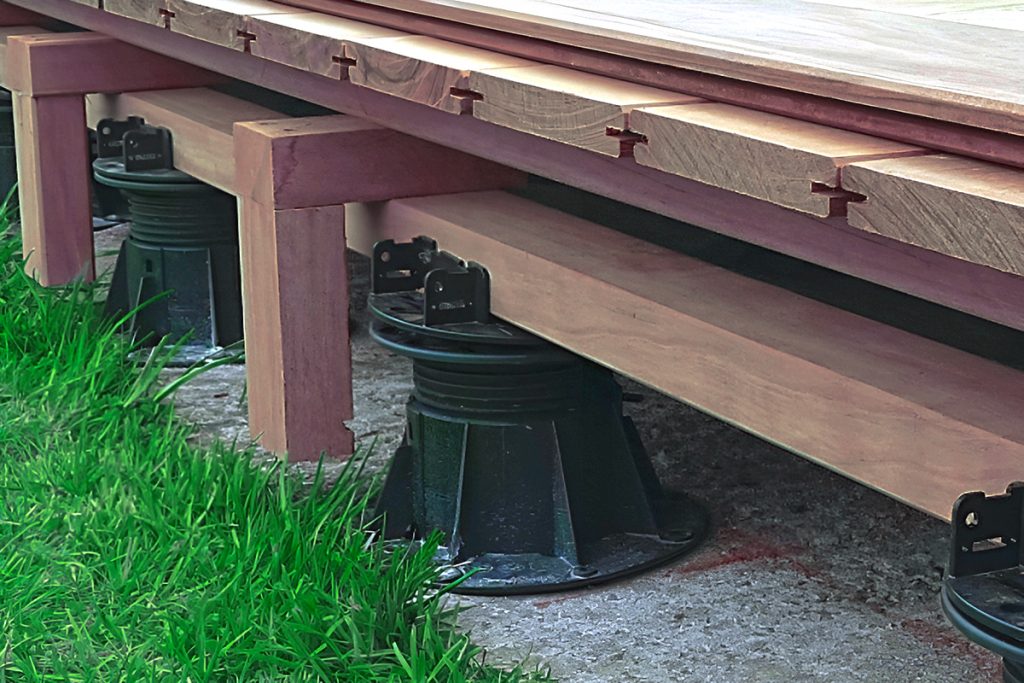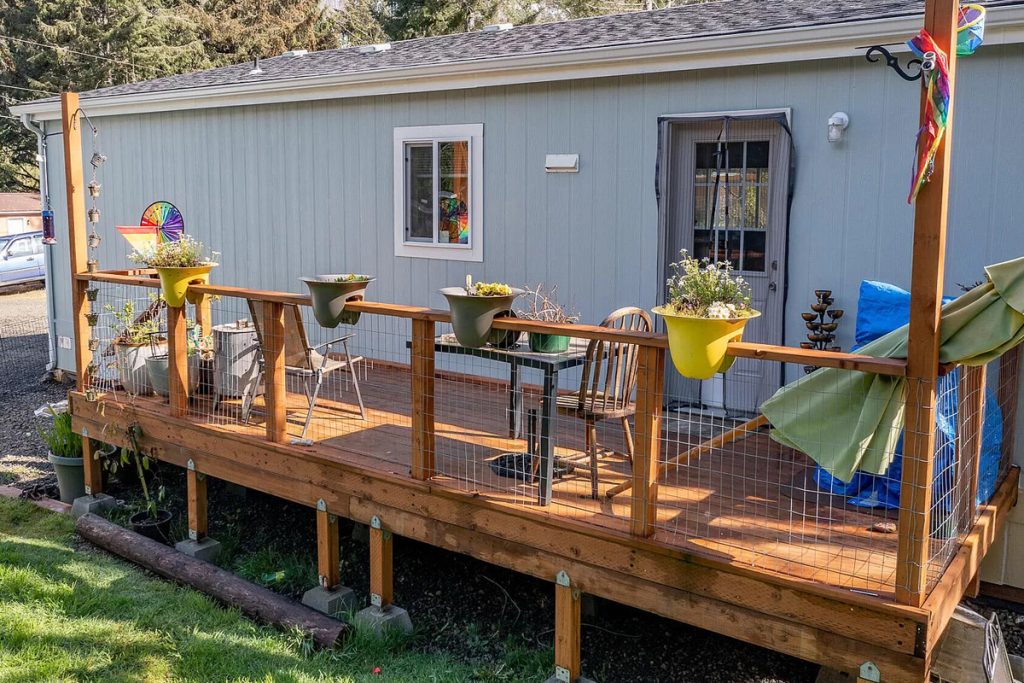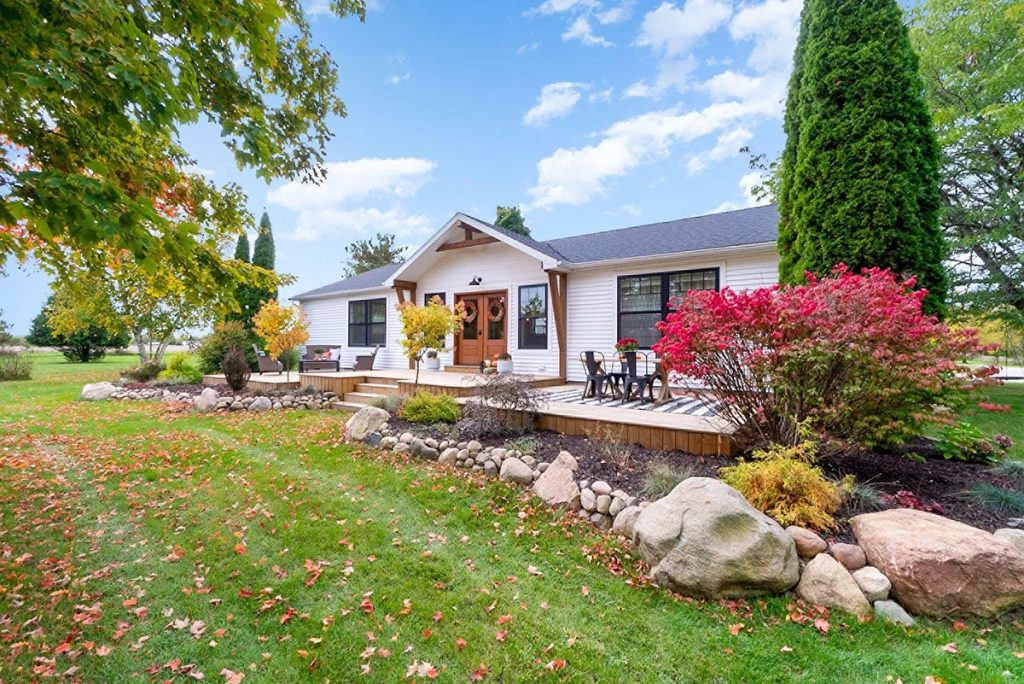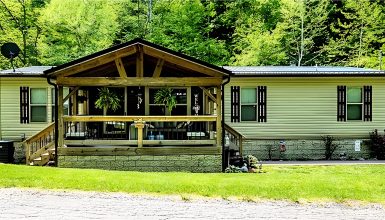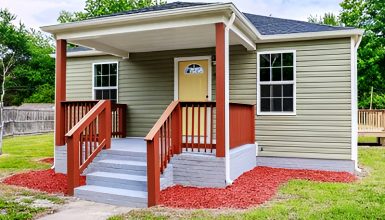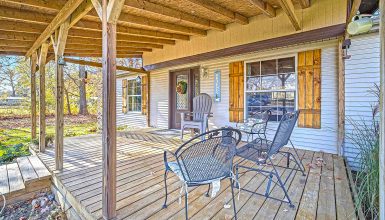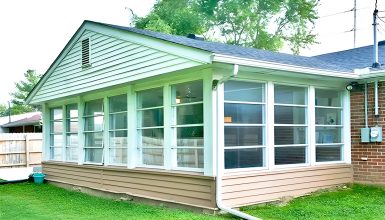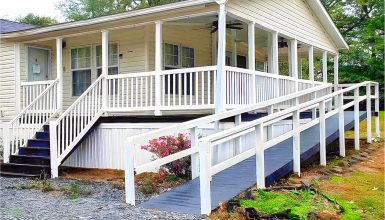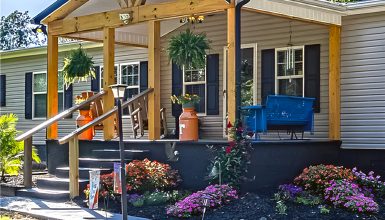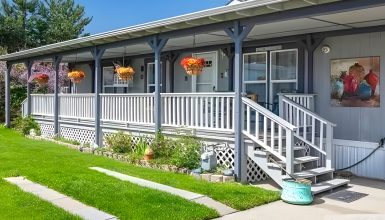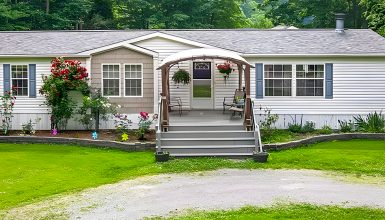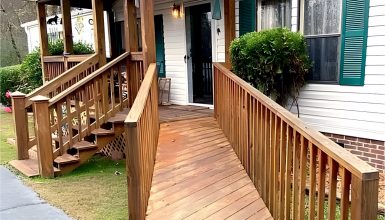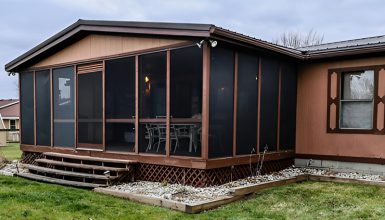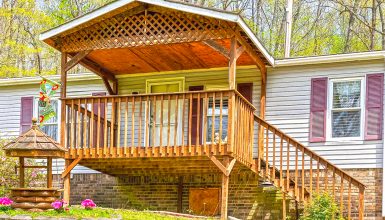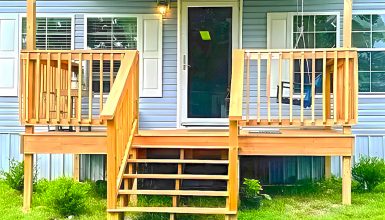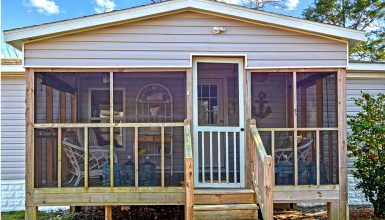Building a deck on uneven ground can be a bit tricky. When you’re dealing with slopes or dips in your yard, it’s not as simple as just laying down some wood. You need a plan that works with the land, not against it. Finding the right deck design is important, especially for mobile homes, where space and layout can be unique.
The good news is, there’s no need to worry. The uneven ground opens up a world of creative deck ideas. You can turn those slopes into cool, multi-level spaces or cozy nooks. It’s all about using the right techniques and a bit of imagination. So, if you’re thinking of adding a deck to your mobile home, you’re in for some exciting options. Let’s dive into these ideas and see how they can transform your outdoor space!
1. Multi-Level Decks
Multi-level decks are like stairs for your outdoor space. They step up or down, following the natural slope of your land. Think of it as a series of platforms, each at a different height. This design is perfect for uneven terrain. It turns a hilly backyard into a dynamic, layered outdoor area.
The beauty of multi-level decks for uneven ground is how they use the space. Instead of fighting the slope, they embrace it. This means you get more room to enjoy. You can have a section for dining, another for lounging, and maybe a spot for your plants. It’s like having different ‘rooms’ in your garden. Plus, these decks add a wow factor to your mobile home. They’re not just functional; they’re a style statement.
2. Floating Decks
Now, floating decks are a bit different. They’re not attached to your home or the ground. Instead, they ‘float’ above the surface. This makes them ideal for uneven terrain. They sit on concrete blocks or similar supports, which can be adjusted to level the deck.
For mobile homes, floating decks are a great match. They’re flexible. You can place them anywhere in your yard, no matter the slope or dips. This allows you to create an outdoor space exactly where you want it. Plus, they’re easier to build and less invasive than traditional decks. You won’t need to dig deep foundations. It’s a smart, hassle-free option for adding that extra outdoor room to your mobile home.
3. Adjustable Supports
Adjustable supports are like the secret heroes of deck building on uneven ground. These handy tools let you set each part of your deck at the perfect height. Imagine tiny, strong legs under your deck. You can twist them up or down. No matter how bumpy or sloped your yard is, your deck stays level. It’s like giving your deck a custom fit.
The best part? These supports make your deck stable. They hold everything firmly, so you don’t have to worry about wobbles or tilts. They’re especially great for areas that change a lot, like soil that moves with the weather. With adjustable supports, your deck stays safe and comfy year after year.
4. Stepped Deck Design
Stepped decks are pretty neat. They’re like regular decks but with built-in steps. These steps go up or down with the slope of your yard. It’s a smart way to work with uneven ground. Instead of one flat space, you get a deck that moves with the landscape. It looks cool and adds a unique touch to your outdoor area.
But it’s not just about looks. Stepped decks are super practical, too. The steps make different areas of your deck easy to reach. You can have a lower spot for relaxing and a higher one for dining, all connected. It’s great for parties or just hanging out. Plus, they add an extra safety feature. There are no big jumps or climbs to get around your deck. It’s just an easy, step-by-step movement.
5. Terraced Decking
Terraced decking is like having steps in your deck. It’s a series of flat surfaces that go down or up like terraces on a hillside. This style is perfect for sloped yards. It makes use of the slope by turning it into usable space. You end up with different levels, each like its own little stage. You can have one level for your BBQ, another for a cozy seating area, and maybe one more for your plants.
This type of decking is perfect for sloped landscapes. It makes your outdoor space more interesting and usable. Instead of one big deck, you get several smaller ones. Each level can have its purpose, making your deck more than just a place to sit. It becomes a whole outdoor experience.
6. Integrating Landscaping
Integrating landscaping means making your deck part of your garden. You mix plants and natural elements instead of just wood and railings. Imagine your deck with flower boxes on the edges or climbing vines along the sides. You can even have sections with pebbles or small bushes.
The idea is to make your deck feel like a part of the natural surroundings. It shouldn’t look like it just landed in your yard. Adding plants and natural materials creates a smooth transition from deck to garden. It feels more welcoming and relaxing. And the best part? It looks amazing. Your deck becomes a lush, green oasis, perfect for outdoor enjoyment.
7. Pathways and Bridges
Adding pathways and bridges to your deck design is all about connecting spaces. Pathways can lead from your house to the deck or between different deck levels. They guide you through your outdoor space, making it easy to move around.
Bridges add a special touch. They’re perfect for decks with different levels or connecting your deck to another part of your yard. They’re not just functional; they’re fun. Walking over a small bridge in your garden feels a bit magical like you’re in your own little park.
Both pathways and bridges make your deck more than just a place to sit. They turn it into a journey. You move from spot to spot, enjoying every part of your outdoor space. It’s practical, sure. But it’s also about creating a special experience right in your backyard.

